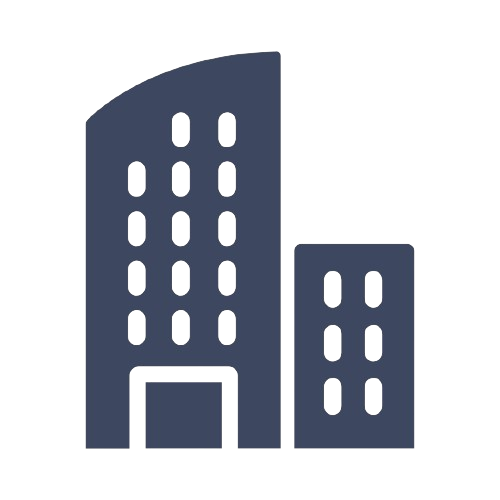Responsibilities include:
Collaborate closely with geophysicists, data scientists, and software engineers to translate scientific domain requirements into robust on-prem or Cloud software solutions.
Design, develop, and maintain high-performance applications for geophysical and geological data analysis, interpretation and visualization (e.g., seismic, horizon, fault, velocity model, etc.)
Present architectural designs and technical proposals to the architecture review board.
Ability to break down development tasks and lay out clear implementation roadmaps.
Implement and optimize computation algorithms
Design and develop both thin and thick client applications that interact with cloudbased microservices.
Ensure high code quality through unit testing, code reviews, security hardening and continuous integration with other domain tools
Provide technical support and lead user troubleshooting sessions to resolve issues and ensure smooth operation of DSG application.
Mentor junior developers and actively contribute to architectural and implementation decisions.
Embrace Agile/Scrum methodologies, delivering and demonstrating working solutions at the end of each sprint
Stay current with emerging technologies and trends in geophysical computing and software development. Required Education and Skills
Must be self-motivated but be able to work well in a team environment Desired Experience
Requirements
Mandatory Skillset:
Proficiency in programming languages: Core Java
GitLab, Eclipse, VS Code, CI/CD pipelines
Non- Mandatory Skills:
Proficiency in programming languages: C++
Good to have application development experience in geoscience, geophysics or scientific projects
Proficiency with development tools and environments:
Draw.io for architecture diagrams
Performance tools: VisualVM, JMC/JFR, Async
Operating systems: Windows and Linux
Hands-on experience using GitHub Copilot to accelerate code implementation and enhance development productivity.
Knowledge with geophysical and seismic software tools and formats:
SEG-Y, Landmark seismic BRICK, CMP, OpenVDS
DSG, Petrel, Kingdom, GeoFrame, or PaleoScan
Familiarity with cloud platforms and distributed computing:
Restful API design and implementation
AWS and Azure
Tools for scalable data processing: Kubernetes, Spark
Strong experience with Java 2D graphics and 3D OpenGL programming.
Solid understanding of geophysical methods and data types, including Seismic, Fault, Horizon and Velocity modeling.
Experience with scientific computing libraries and frameworks:
Python: NumPy, SciPy, Pandas, TensorFlow (for ML/AI)
C++/Java: CUDA (for GPU acceleration)
Angular or React o Microservice: Quarkus, Spring Boot, AWS API Gateway Docker, Kubernetes







